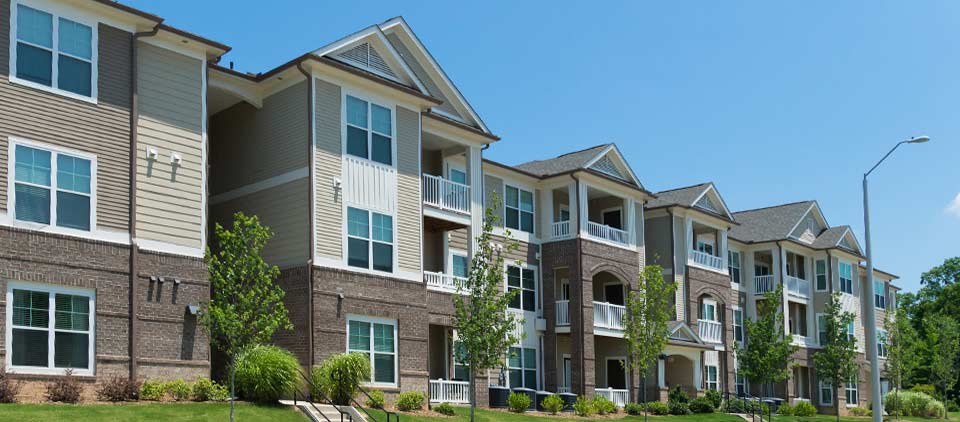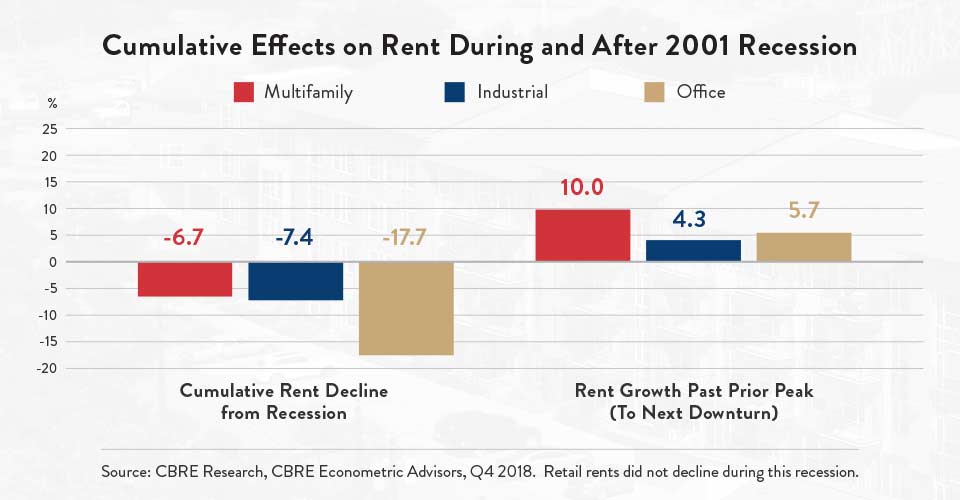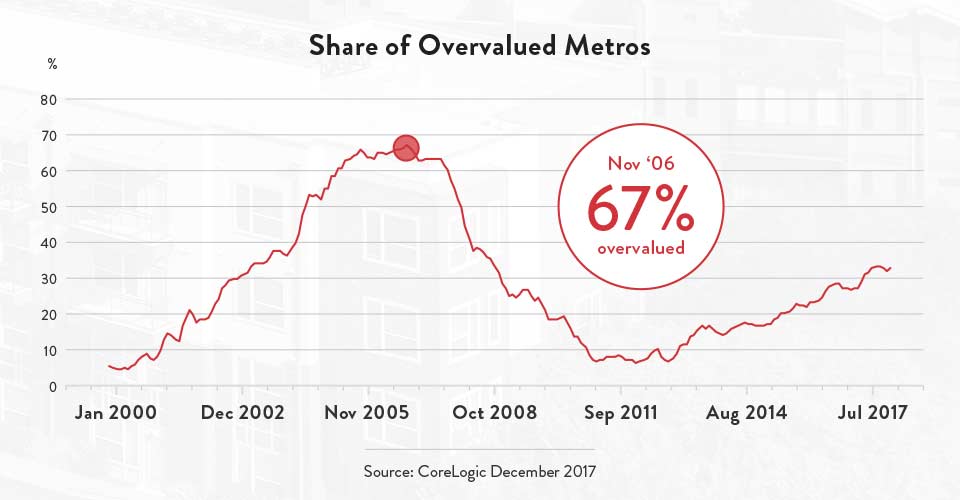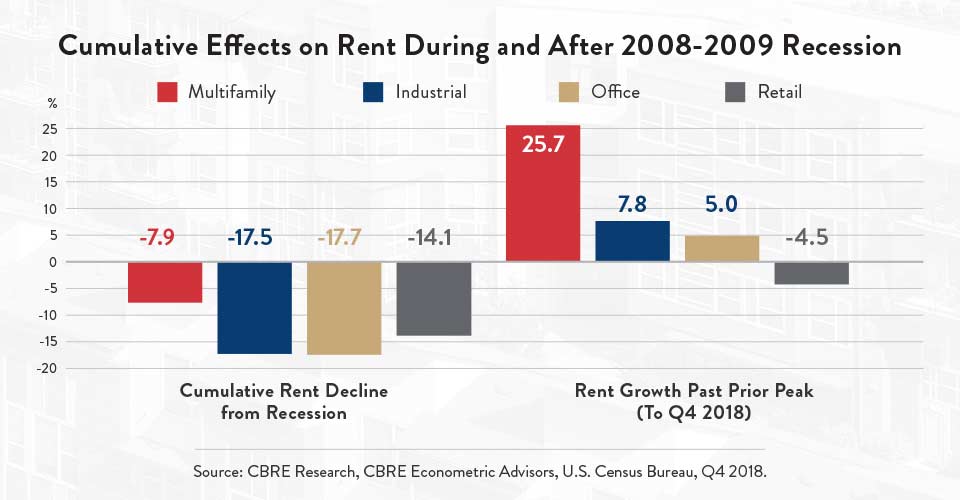
There’s no question the world is struggling under the burden of COVID-19. The ripples sent through markets by the virus and the subsequent lockdown are being felt on every continent and by every investor class.
Case in point: the world’s highest net worth individuals endured significant losses in Q1 2020. In March alone, Jeff Bezos’ wealth dropped by nearly $18B. Elon Musk and Warren Buffet lost about $12B each. And recently named 2nd-richest-man-in-the-world Bernard Arnault has watched his worth topple by $30B over the last two months. Moreover, global market index MSCI is down 10 percent since the outbreak began in January, reversing a longstanding trend “up and to the right.”
Although it’s too soon to gauge the pandemic’s full impact, it’s not too early for sophisticated investors to begin planning for the upswing that’s likely to follow the current downturn. That means pinpointing which national economies — and which asset classes — are most stable, resilient, and likely to create lasting long-term value.
Dan Healy, Founder and Chief Executive Officer of Civitas Capital Group, believes that commercial real estate (CRE) in the United States meets all three prerequisites. “The U.S. remains the go-to market for investors in a flight to quality,” he explains. “In public markets, we see this with Treasury bills, where massive investor demand has resulted in record-low yields. The same is true in private real estate. Investors who need to allocate capital to real estate typically overweight the U.S. when times are tough.”
Perhaps just as importantly, Healy notes, COVID-19 has not substantially disrupted a trend that has been gaining momentum since the Great Recession of 2007-2009. “Even before COVID-19, there was already roughly a trillion dollars committed to private real estate funds targeting U.S. properties,” Healy says.
How has CRE become such a stronghold for investors seeking risk-adjusted returns in times of economic instability? The first step to answering this question is to revisit recent history.
How Did the Recessions of the 2000s Affect U.S. Real Estate?
The recession of 2001 is remembered today, if at all, as the bursting of the so-called “dotcom bubble.” However, it was a true — albeit relatively shallow — recession, and its fallout was not limited to the technology sector. Demand for office space experienced an abrupt decline. Net effective rents (NER) didn’t just slump by almost 18 percent. They also stagnated. Office properties did not begin to experience growth until Q2 of 2004, and NER did not return to their pre-recession peak for another 3.5 years.

Three and a half years, of course, takes us to 2008 and the bursting of another bubble: housing. The proliferation of subprime mortgages played a major role in precipitating The Great Recession. Research conducted by CoreLogic reveals that, by April 2006, housing markets in “65 percent of the most populated metro areas in the U.S. were listed as overvalued.” The crash that followed resulted in American homeowners collectively losing $16T in net worth. In states such as Arizona, Florida, and Nevada, home prices plummeted by more than 50 percent.

Will COVID-19 Lead to a Similar Decline in the CRE Values?
The figures cited above only tell half of the story. According to Jonathan Kern, President and Chief Investment Officer of Civitas, one CRE property type weathered the storm more successfully than others.
“Multifamily real estate suffered less and rebounded more strongly than other major property types in the last two recessions,” he says. “Not only did multifamily rents fall the least and recover the most, but they also fully recovered and reached new highs within three to four years of each decline.”

That said, the economic conditions created by COVID-19 are not entirely comparable to those that defined either the 2001 or 2007-2009 recession. Lockdown measures have led to business closures, job losses totaling more than 40 million, and a collapse in consumer spending. In other words, the present crisis has taken a bottom-up trajectory. By contrast, the last two recessions began at the top — in financial markets — only to trickle down.
Those same factors further suggest that multifamily could have a relatively bright future. As Kern elaborates, “While most people can shop online without visiting retail stores, and many people can work remotely without going to the office, everybody needs to live in a physical space. For both lifestyle and financial reasons, a lot of Americans simply prefer to rent an apartment instead of going through the trouble of owning and maintaining a home.”
Which Social and Economic Trends Will Continue to Bolster the Multifamily Market?
Unfortunately, the spike in unemployment triggered by COVID-19 will most likely mirror previous recession events, causing some potential homeowners to move toward rental units. At Civitas, analysts such as Rootvik Patel, Vice President, Investments, are looking instead to those trends that, in his words, “reinforce the multifamily sector’s underlying strength and have only been accelerated by the pandemic.”
Those trends also happen to align with advantageous conditions specific to the CRE marketplace in the Dallas-Fort Worth (DFW) Metroplex.
1) First-ring suburbs are the new urban centers.
Any assessment of DFW’s economic performance must consider that the Metroplex’s largest population centers — Dallas and Fort Worth — only account for a portion of the region’s growth over the past decade. Richardson, Irving, Rockwall/Rowlett/Wylie, Garland, West Dallas/Oak Cliff, and DeSoto are all located within a 20-mile radius of the Dallas CBD. These communities provide their residents with access to most of the region’s employment drivers. They’ve all experienced unprecedented levels of migration in recent years as a result.
Besides their convenient location, these older suburbs are also dense with more affordable — and in-demand — Class B multifamily units.
Despite occupancy rates exceeding 90 percent, DFW’s suburban Class B properties consistently outperform, achieving rent growth above the area’s annual average of 2.5 percent. And, as Patel points out, “on top of continued occupancy and rent growth, Class A multifamily units in these older suburbs typically range from $150,000/unit–$200,000/unit. Those in Dallas proper now command $200,000/unit or more, creating more value-add renovation opportunities in these older suburbs. That’s contributing to the Class B supply wave in the absence of new construction, with the focus on Class A multifamily development since the last recession being a major driver of price disparity.”
2) Where population growth occurs, the need for affordable housing persists and increases.
DFW is growing at an almost unprecedented rate. “The DFW market gained over 1.3 million residents from 2010 to 2019, ranking number 1 in the country in adding new residents. We’re on pace to add another 1.4 million residents from 2020 to 2029, which would make DFW the U.S. leader in new residents for a second decade in a row,” says Patel.
More importantly, that population growth has been driven by a booming job market. In 2019, and for the third year in a row, Dallas led the nation in job growth, with over 127,000 jobs created. Since 2014, the city added an average of 136,000 new jobs per year.
“Texas’ pro-business environment and Dallas’ far superior affordability when compared to major coastal cities like New York and San Francisco are huge draws,” explains Civitas’ Jonathan Kern. According to CNNMoney’s Cost of Living Index, the price difference between housing in Manhattan and DFW approaches 350 percent, even though 24 of the Fortune 500’s largest companies — including Toyota, AT&T, and American Airlines — have headquarters in DFW.
As more working and middle-class families continue relocating to North Texas, the market has responded accordingly. Almost 150,000 apartment units have been built in DFW since 2010, by far the most units of any market in the country. DFW has also absorbed over 160,000 units during the past decade. Yet a recent estimate released by the City of Dallas identified a shortage of at least 20,000 affordable units.
Developers are increasingly focusing on higher-rent Class A communities in popular urban neighborhoods such as Uptown and Oak Cliff’s Bishop Arts District. Although Class A occupancy rates are high and rose throughout much of 2019, they still trail Class B by between 4 and 4.5 percent. “With COVID-19 temporarily shifting the CRE market focus to needs-based property types,” Patel advises, “we’re closely monitoring activity in the non-luxury market — specifically, Class B apartment complexes where basic value-add programs can enhance aesthetic appeal and provide modern amenities that unlock additional value for tenants.”
3) DFW’s demographics and psychographics skew younger.
The median age of a Dallas city resident is 32. That means the average Dallasite is a millennial. Moreover, millennials are driving much of DFW’s population growth. According to a study performed by SmartAsset, 10,371 people between the ages of 20 and 34 relocated to Dallas in 2017.
This generation hasn’t only taken over the U.S. labor force. Its members are changing the nature and character of American adulthood. Millennial women are more likely than women of previous generations to work outside the home. Millennials are also slower to marry and start families of their own. And, as Jonathan Kern observes, they are “renting longer and buying later.”
Millennials are also highly educated, which increases their earning potential. According to the Pew Research Center, approximately 40 percent of millennials have a university degree. Meanwhile, DFW’s established position as an innovation hub has made it a young tech talent magnet. According to CBRE, over 170,000 workers with technology-oriented occupations call Dallas home. Their average salary? $98,000 per year.
As influential as millennials are, Generation Z may ultimately have a more significant impact on the housing sector. Demographers predict that, by 2026, this cohort will number 82 million. These children of The Great Recession are more pragmatic and frugal than their older millennial siblings. However, they value work-life balance, diversity and inclusion, and a strong sense of community. Class B multifamily properties are ideally positioned to meet these needs.
Nevertheless, COVID-19 presents unprecedented challenges on many levels. It also increases the risk and uncertainty of every investment. But, as Civitas’ Dan Healy reminds investors, “the dislocation caused by COVID-19 will surely create opportunities to acquire distressed assets at temporarily low prices.” Although there is no guarantee that history will repeat itself, should that occur, multifamily investments could deliver sizable returns.
About Civitas Capital Group
Civitas Capital Group is an alternative investment manager offering compelling, niche opportunities in U.S. real estate, lodging, and private credit. Civitas exists to create opportunities that enrich our communities, investors, and employees alike. Founded in Dallas, Texas, in 2009, the firm has $1.7 billion in assets under management on behalf of institutional and qualified individual investors from over 40 countries. Driven by relentless creativity, Civitas digs deeper to uncover opportunities that others miss.
Certain statements in this presentation constitute “forward-looking statements.” These statements are made on the basis of Civitas’ views and assumptions regarding future events and performance as of the time the statements are made. Actual results may differ materially from those expressed or implied in this presentation. Such differences may result from changes in investment theses or due to market forces outside of Civitas’ control or other factors.

